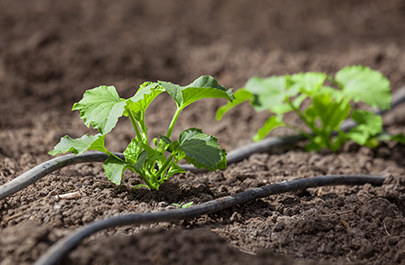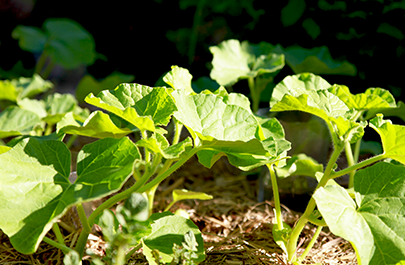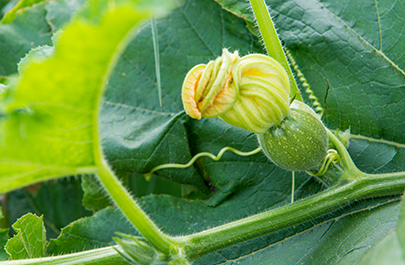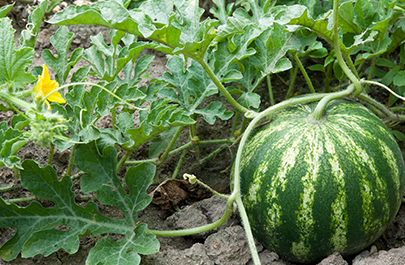






(Unit/t of production)
(Unit/t of production)
N
4
4
Very Sensitive
P2O5
1.4
1.4
Very Sensitive
K2O
7.3
7.3
Very Sensitive
CaO
5
5
Very Sensitive
MgO
1.3
1.3
Sensitive
SO3
0.5
0.5
Very Sensitive
TE
Molybdenum (Mo) on wet and cold soils Iron (Fe) and manganese (Mn) requirements Boron (B) under dry conditions against bursts of fruit
First application

Second application

Third application

Fourth application

Planting until first fruit growth, starting with phosphate-rich fertilizer.
At the beginning of growth, the plants need relatively small amounts of fertilizer. Meagre fertilization and restrained irrigation increase root mass formation. Therefore, only about 8% of the nitrogen and 3% of the potassium requirement, but already 40% of the total phosphorus are allocated until the first flowering.
First fruit batch to the end of fruiting - Balanced nutrition for flowering and fruiting.
Continuous growth, flowering and fruit formation has to be sustained at the same time. Therefore, particularly balanced nutrient ratios are necessary. Around 70kg N/ha, 40kg P2O5/ha and 120kg K2O/ha are administered at this stage. The magnesium and calcium supply should be given special consideration at this growth stage.
End of fruiting until the end of the first fruit growth - complete fertilization with potassium being the most important nutrient:
The fruit growing phase is the main fertilization phase. For the formation of the first fruit, the plants need fertilization with nitrogen (about 80kg N/ha) and potassium (about 120kg K2O/ha). Poorly formed fruits with a bad taste are the result of nutrient deficiency during this phase.
End of first fruit growth until end of cultivation - application of K-heavy NPK fertilizers is important:
Continuous fruit formation and ripening needs increased potassium fertilization. A chloride-free, concentrated, multi-nutrient fertilizer application of approximately 70kg N/ha, 25kg P2O5/ha and 130kg K2O/ha ensures the nutrient supply in the last fertilization phase. Melon fertilization can be stopped approximately two weeks before the end of the harvest. The last fruits then ripen with the nutrients still present in the plants.
LAT Nitrogen Austria GmbH
St.-Peter-Strasse 25
4021 Linz, Austria










